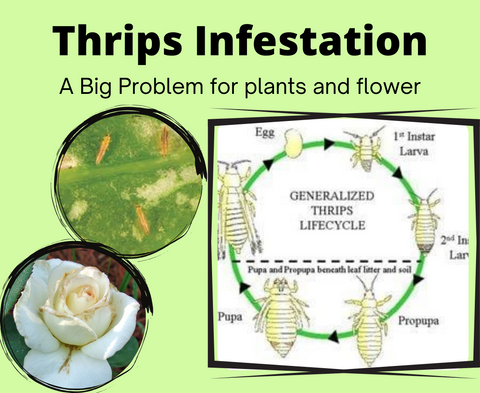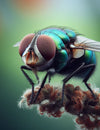
You were going well until you notice that your nursery or garden plants are suddenly turning black. Plants stopped glooming, and leaves are turning yellow and falling off. This is the thing that can turn your smile directly into stress.
What is even scarier is you don’t even know the reason why your plants behave that way. There are some little insects, which enter our beautiful yard, nursery and put all the health and beauty of plants at risk.
Sometimes even you know that pests are the reason behind your plants' bad health you can’t help it. Because the solution you are trying isn’t effective you plants for good. Result – you keep thinking about what to do, trying different pesticides, and that sometimes makes the situation worse.
For the right solution, you should first know about your pest, their symptoms, and how to control them. Using the right solution can give you rid of insects in your garden.
Let us discuss some common pests found in nurseries or gardens.
- Aphids
- Leaf Minors/ Leaf Defoliators
- Spider Mites
- Scale
- Weevil
Aphides
Aphids are soft body insects that feed on plant sap and usually come into the colony. Aphids suck on plants' sap and because of that sometimes plant leaves turn yellow. Aphid generally doesn’t harm plants very much.
Solution
Early detection is the key point for aphid control. Aphids turn into colonies in very little time so weekly examination is necessary. If you found aphids in much to a particular part of the plant then you can crush and discard that part to stop the infestation.
Leaf Minors/ Leaf Defoliators (Thrips)
Thrips are famous as plant feeders. Thrips are a difficult pest and due to their tiny size, one may need a magnifying glass to see them. Most species of thrips feed on plant leaves and flowers. Adult thrips can be seen with wings or without thrips.
Thrips have six stages in their life cycle.

Symptoms and damage thrip cause
Thrip causes damage to flowers and leaves as they suck upon their cellular fluids. A flower having thrip doesn’t grooms even if they there is shape is destroyed.
The biggest symptom of having thrips is, having brown or dark spots on the leaf and flower petals.
Flower petals also may start scarring when you have thrips in your plant.
Controlling method
If you have a thrip problem then the very first step you must follow is to remove all affected leaves or flowers from the plant so that problem doesn’t spread more. And discard them in the closed dustbin.
Thrips hate water so make sure you pour enough water into the plant. Also, spray the water on the flower properly (up and from down as well) with the help of a sprayer.
Make the spray of 10 to 12 large garlic cloves and 4 to 6 hot chili peppers added with 2 generous cups of water. Spray this mixture on the affected area or the plant.
Spray the soap water on the thrips affected plant or flower bloom.
You can also spray the neem oil mixed with water on the affected flower and leaves.
If you have a major thrip infestation problem use insecticide available in the market for thrips. Add oil-based spray on the infected areas.
Stick tapes can also be used in case of thrips infestation. Once thrips are attached to the tape they won’t be able to fly and infest your garden anymore. Discard the sticky tape well later on.



